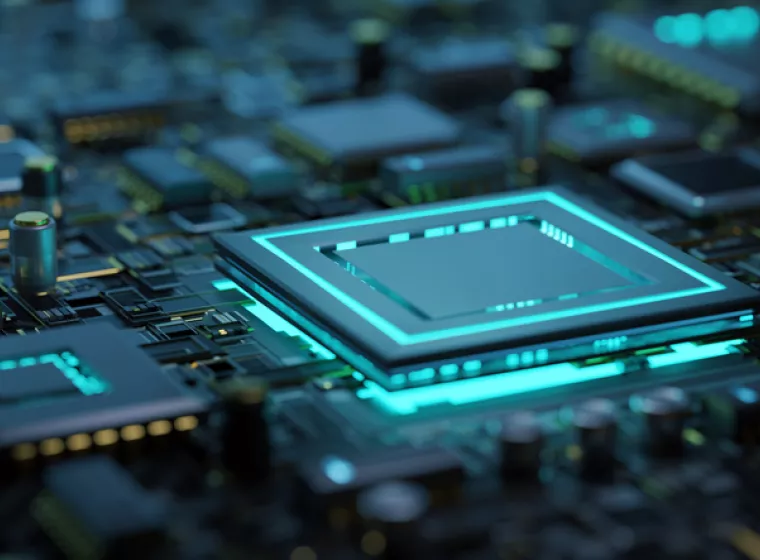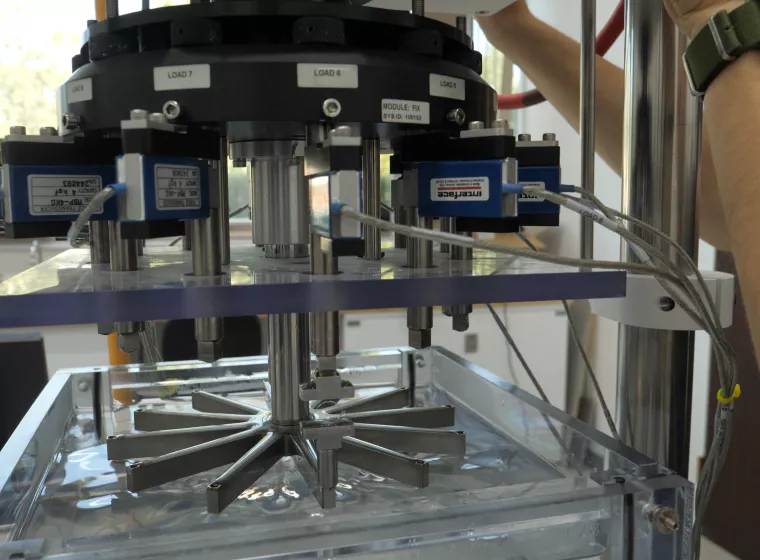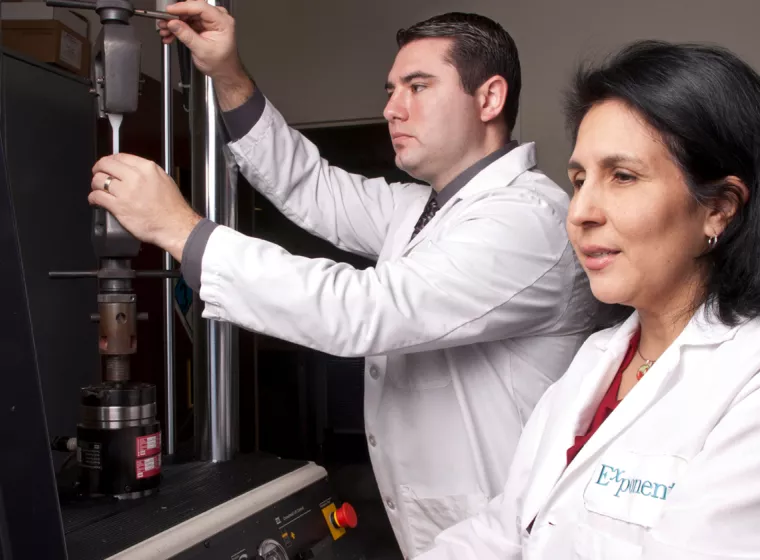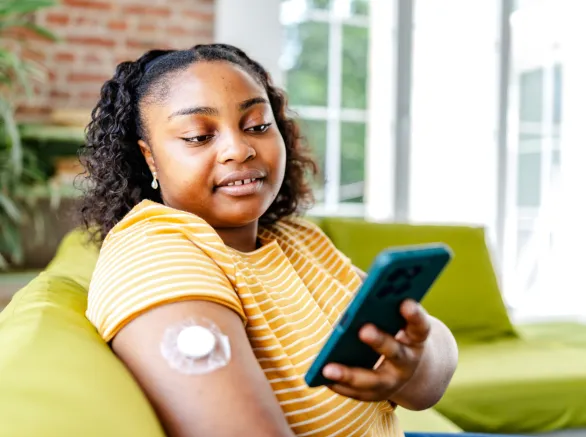April 18, 2024
Medical device manufacturers may need to revise strategies for assessing thermal effects of their devices
On March 15, the Food and Drug Administration issued new draft guidance that impacts premarket submissions for all medical devices that produce temperature changes in patient tissues as an intentional or unintentional consequence of use. Specifically, stakeholders manufacturing such devices will need to assess and potentially revise strategies for evaluating the thermal effects of their devices as part of their premarket submissions to facilitate efficient review.
Issuing this new guidance signals FDA's intent to promote consistency in submissions where thermal assessments are relevant. This guidance introduces an outline of technical considerations for the medical device manufacturers to follow when conducting thermal assessments. Previously, manufacturers faced uncertainty surrounding FDA's expectations for premarket submissions containing thermal studies.
The guidance outlines FDA's recommendations on assessing thermal effects of devices, for example, that deliver radiofrequency, light, microwave, or other forms of electromagnetic energy; that deliver ultrasound or electroporation; that produce temperature change by contact; or that have electrical components that can potentially heat surrounding tissue. FDA's review of thermal effects assessments in premarket submissions is intended to mitigate the potential occurrence of adverse health consequences, such as tissue damage or negative impacts on physiological functions.
Stakeholders have until May 15 to submit comments on the proposed guidance at regulations.gov under document ID # FDA-2024-D-0664-0002.
Key takeaways for assessing thermal effects of medical devices
The purpose of this guidance is to provide a roadmap for how such evaluations should be conducted and presented in premarket submissions. FDA presents medical device manufacturers with guidance on three different types of investigations that would be appropriate for assessing thermal effects:
- Experimental Models: Experimental assessment of tissue effects and thermal energy spread can be conducted using phantoms, ex vivo animal tissue models, and/or in vivo animal testing. Specific considerations should be given to the properties of the tissue or surrogate tissue compared to those of the in vivo tissue. Notably, the guidance also specifies that all experiments should be performed, at a minimum, in triplicate.
- Computational Models: Computational modeling tools allow for precise control over the exposure conditions and relevant tissue properties. As in other applications of computational modeling, the credibility of the model should be established as per FDA's specific guidance on the subject.
- Clinical Evaluation: When non-clinical evaluations are infeasible or ineffective, a clinical study may be designed to test the full range of proposed conditions of use in the intended patient population. Granted, these studies must include measures to provide reasonable assurances of safety for subjects undergoing the study.
The document also provides a framework for evaluating the extent of thermal damage, using methods such as histology and the evaluation of material properties, and outlines the appropriate use of bioheat transfer models and the implementation of thermal dose models.
For manufacturers, this draft guidance document provides a roadmap for how to develop effective design verification procedures for devices that produce temperature change as an intended or unintended consequence of device use. Ongoing or planned evaluations of heat transfer can be assessed now to ensure that the methods used align with those presented in the draft guidance. While the guidance has yet to be finalized, alignment with FDA's current perspective can promote consistency and enhance the likelihood of efficient review.
What Can We Help You Solve?
Exponent's multidisciplinary medical device consultants leverage fundamental principles of heat transfer along with experimental and computational modeling techniques to help clients understand the intended and unintended thermal characteristics of their designs. We can help you understand the use risks of your device and develop verification procedures to promote safe and effective product design.

Regulatory Compliance for Medical Products
Experienced regulatory support for medical devices, pharmaceuticals, and combination products.

Electrical & Thermal Performance
Identify weak points in device design by characterizing the thermal and electrical properties of functioning electronics.

Medical Device Evaluation
Sophisticated medical device evaluations for a vast array of applications.
![Medical Devices, Implants & Surgical Tools [MCE]](/sites/default/files/styles/cards_home_card/public/media/images/GettyImages-1182458826.jpg.webp?itok=z7lVBn-v)
Medical Devices
Design verification, usability studies, electrical medical equipment configuration, and laboratory testing.

Medical Device Design & Development Support
Crucial medical device design and development analyses to empower your decision-making.




